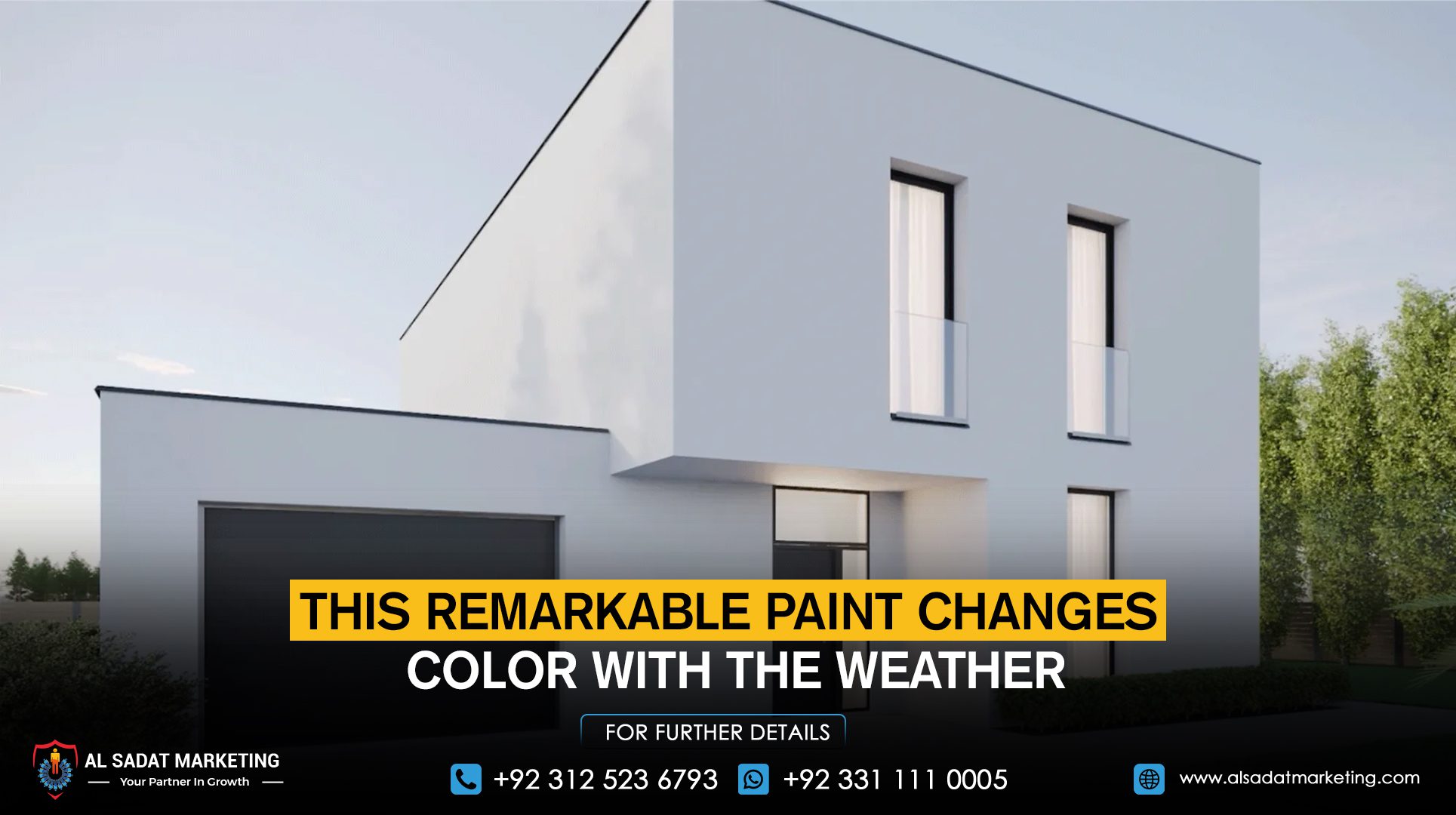A New York-based designer has developed a revolutionary climate-responsive paint that changes colour with the seasons, offering a practical solution to reduce household energy consumption and address the escalating effects of climate change. The innovative thermochromic paint, created by inventor Joe Doucet, is engineered to respond to ambient temperature changes, helping buildings stay cooler in summer and warmer in winter without the need for repainting or excessive energy use.
Doucet was inspired to create this environmentally adaptive paint after purchasing a home in Katonah, New York—a region known for its temperature extremes. While studying the thermal impact of different exterior paint colours, he discovered that black-painted surfaces retained heat more efficiently during winter, while white surfaces reflected heat during summer. However, painting a home twice a year proved to be impractical, prompting the development of a smarter, colour-shifting solution.
The thermochromic paint relies on liquid crystals that react to ultraviolet light and temperature thresholds. At colder temperatures, the paint darkens to absorb heat. As temperatures rise, it gradually shifts to lighter shades, reflecting sunlight and reducing internal heat buildup. This unique functionality enables homes to self-regulate their thermal conditions, significantly lowering dependence on air conditioning and heating systems.
Initial trials revealed issues with paint degradation due to prolonged sunlight exposure. However, Doucet and his team improved the formulation, creating a version that remains stable and effective under constant solar radiation. Under normal conditions, the paint appears dark grey and transitions to lighter hues as temperatures increase, directly responding to environmental needs.
A patent for the thermochromic paint has been filed, and Doucet believes it can play a significant role in areas with seasonal climate variation, such as North America, Europe, and parts of Asia. While it may not be as useful in regions with consistent temperatures, it holds strong potential for homes in temperate zones where energy usage fluctuates with the seasons.
As climate change drives the frequency of extreme weather events, such energy-efficient materials represent critical advancements. The climate-responsive paint provides an affordable, low-tech alternative to traditional heating and cooling methods, especially in regions facing energy shortages or high utility costs.
Doucet emphasized the importance of such innovations in the context of a global climate crisis, stating that smarter building materials can help reduce the overall strain on energy systems. The thermochromic paint is not just an environmental innovation—it’s a step toward more sustainable, adaptive living in a rapidly warming world.










